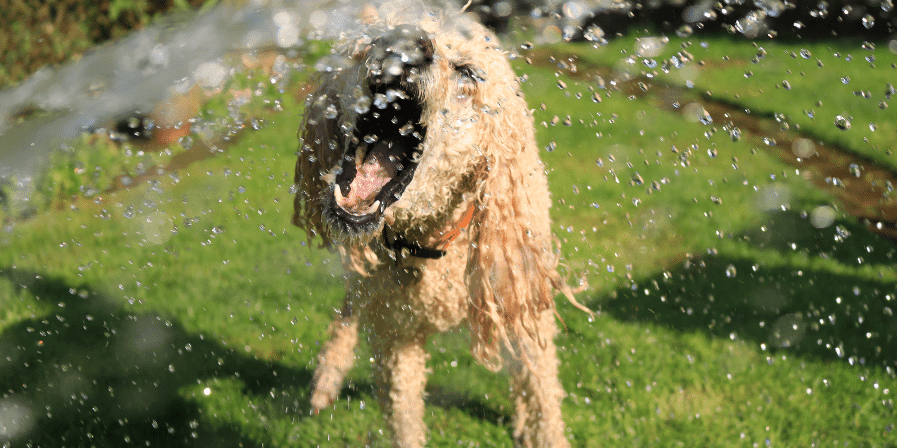Summer can be a tough one for pets!

Although some breeds are more susceptible than the others to hot weather, any animal can be in trouble. It's important as pet parents we understand the risks, precautions and symptoms associated with it.
Although some breeds are more susceptible than the others to hot weather, any animal can be in trouble. It's important as pet parents we understand the risks, precautions and symptoms associated with it.
Our pets do get very uncomfortable when exposed to high temperatures, like summers in certain cities in India can be quite a challenge for them, they tend to overheat.
We as humans can work with various fabrics and remove layers to ensure we feel relatively cooler even on a hot day, our pets can't do that which means it's imperative to take certain precautions with them to avoid them from falling sick.
Listing out certain small animals that are more vulnerable than the others to catch a heat stroke:
-
Animals that are overweight
-
Flat faced breeds such as Pugs and French Bulldogs, or Persian cats
-
Pets with thick coats
-
Old or very young animals
-
Animals with pre-existing conditions, particularly airway, lung or heart problems
Early signs of heatstroke in pet animals
These are similar in dogs and cats (although in cats the signs are often more subtle) and can include:
-
Excessive panting
-
Restlessness or agitation, pacing, seeking shade or water
-
Drooling
-
Red gums or tongue
-
Increased heart rate
-
Vomiting &/or diarrhoea
Advanced stages of heatstroke in pets
It's best things don't reach this stage as early signs are easy to identify however knowledge is the first step to prevention. Advanced stages can include:
-
Lethargy
-
Confusion
-
Weakness or collapse
-
Seizures
-
Bloody vomiting &/or diarrhoea
First aid for heatstroke in cats and dogs
Heat stroke in pets is actually a matter of emergency so if you feel your pet is overheated, its actually necessary you act immediately
-
Get your pet into a cold room with air conditioner or fan. Ensuring ventilation is key.
-
Gently encourage the pet to sip on some water, be careful you don't force them and get them more stressed
-
Cool them down by continuously pouring small amounts of cool – lukewarm water on them. It's important not to use very cold water or ice as this can reduce blood flow to the skin, reducing their ability to cool down
-
Drape a cool wet towel over animal's body and change it frequently. If the towel gets warm, it will lose its ability to lower the body temperature.
-
Once you've initiated the above, call up your vet and take advise.
-
If the animal is unconscious, it is emergency situation. Immediately take an action to see a veterinarian, along with the attempt listed above.
Even if your pet seems to be ok it's important to have them checked (unless told otherwise), as the more serious signs of heatstroke may not be immediately apparent.
Follow your vet's advice thereon and allow him to do a full assessment.
Early recognition and prompt initiation of these measures can help to reduce the risks of any serious consequences, but avoidance is always best.


 How can we help?
How can we help?